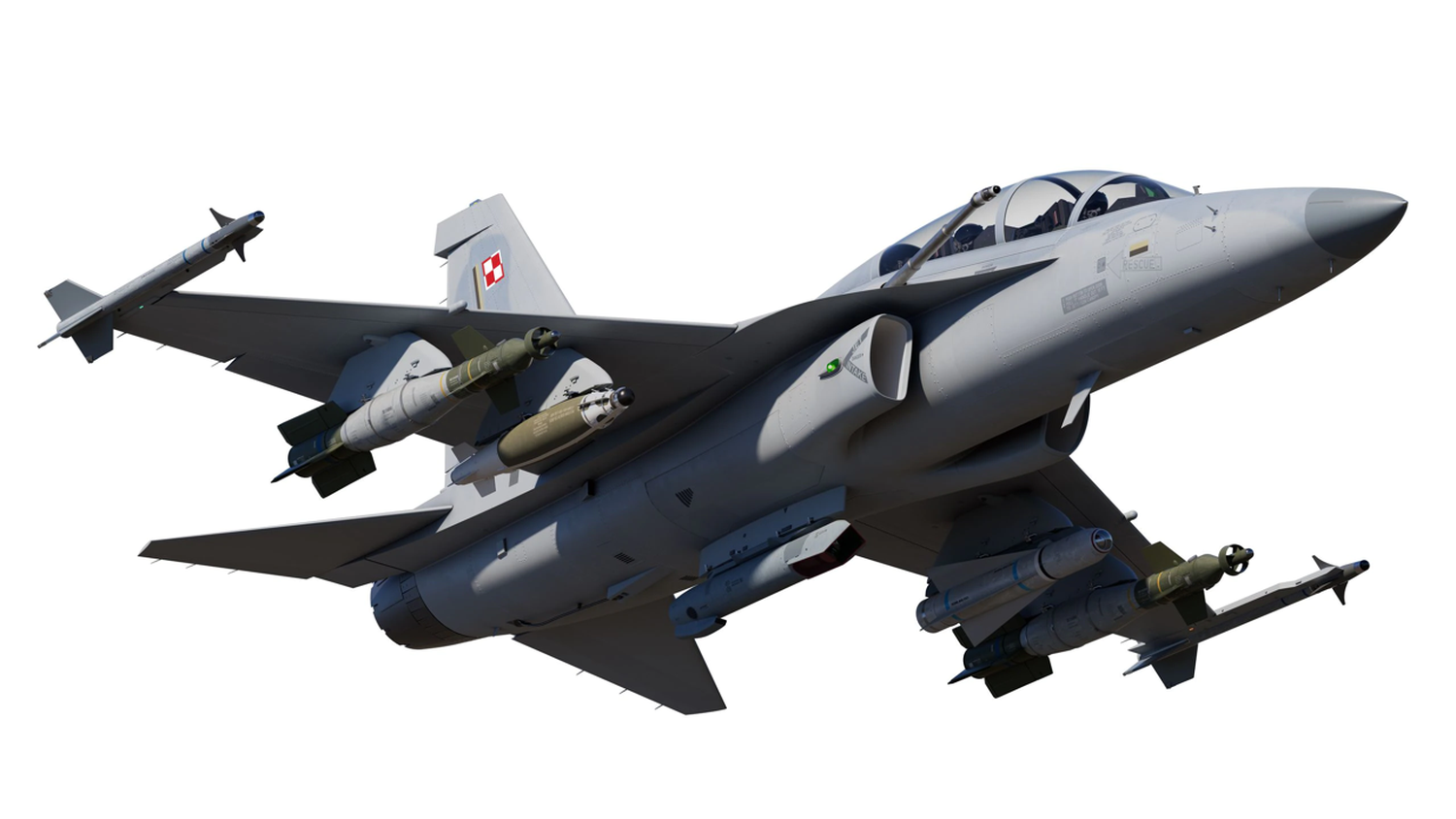Poland faces delays in the delivery of FA-50PL fighters: impact on training and modernization of its Air Force
Poland is facing a potential delay in the delivery of its Korean FA-50PL fighters. The plans to start receiving the first units of the «Polonized» version of the FA-50 in 2025 no longer seem realistic.
As part of an intense effort to modernize and strengthen its Armed Forces, Poland signed a series of major agreements with South Korea’s defense industry in 2022, which included the acquisition of K9 self-propelled artillery systems, Homar-K multiple rocket launch systems, and KAI FA-50 advanced trainers/light fighters.
Although the first 12 FA-50s were delivered in record time, as they were a provisional version (GF, Gap Filler) taken from the inventory of the Republic of Korea Air Force (RoKAF), the optimized version for Poland (FA-50PL) is facing delays due to the complexity and cost of integrating new systems, which turned out to be greater than initially expected.
Were the development timelines underestimated?
For the 32 FA-50PL, fully multi-role combat aircrafts that will replace the aging Su-22 and MiG-29 fleets, Poland requested the integration of systems such as Raytheon’s PhantomStrike radar, in-flight refueling capability, helmets with integrated HMD display, GBU laser-guided bombs, and compatibility with AIM-120 AMRAAM and AIM-9X Sidewinder missiles. The complexity of these modifications has extended the development timeline, and now it’s expected that the aircrafts won’t be fully operational until after 2028, as originally planned.

The Polish news site WNP reports that Korea Aerospace Industries, the manufacturer of the FA-50, is still waiting for permission from Washington to integrate the AMRAAM air-to-air missile into the fighters sold to Poland. Despite the fact that both Poland and South Korea already operate this weapons system, the bureaucratic process could cause further delays.
Impact on training
The delay in the delivery of the FA-50PL will inevitably impact the training of Polish combat pilots. With a requirement to train 30 pilots per year, and considering that the current M-346 Master fleet only allows for 10, the delay in incorporating the FA-50PL could create a significant bottleneck.
A key factor in the choice of the Korean aircraft was its high compatibility with the F-16, as they share numerous avionics systems, cockpit layout, and ground support elements. This compatibility allows for the reduction of the F-16’s Initial Qualification Training (IQT), which typically requires 100 hours per pilot, to a target of 70 hours in the FA-50. The remaining 30 hours will be completed in the F-16, which would significantly reduce its wear and tear in training tasks and allow it to focus on combat operations..

While the fast delivery of the 12 FA-50GF helped meet part of the Polish Air Force’s training needs, the delay in the delivery of the remaining 36 FA-50PLs will affect the pace of pilot training for both the F-16 and future F-35s, as these aircraft were also expected to support training tasks.


Comentarios
Para comentar, debés estar registrado
Por favor, iniciá sesión